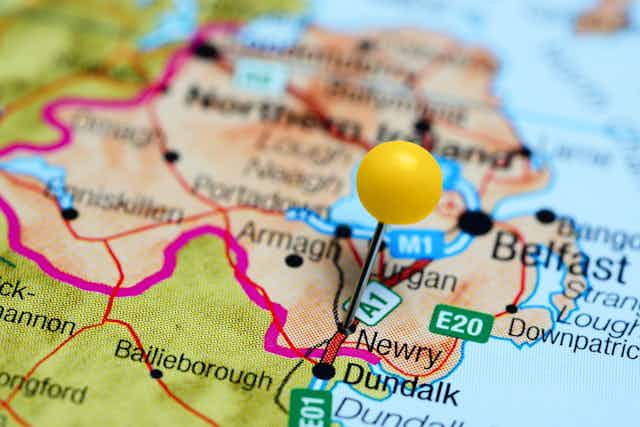Two years after it was derailed in the referendum of September 18, 2014, Scottish independence is back on track. The UK’s vote to leave the EU in June, contrary to Scottish wishes, has given those in favour of independence grounds for a second referendum. All the more so, on the back of the SNP’s sweeping victory at the 2015 UK election.
But there’s a problem. While some polls show a slight increase in support for independence, it’s not enough to have the Scottish nationalists reaching for another referendum. The uncertainty caused by Brexit may be sowing fresh doubts among those put off by the No side’s Project Fear last time around.
Scottish first minister Nicola Sturgeon knows that getting the timing of a referendum wrong could take independence off the table for a very long time. While she keeps her cards close to her chest, some opponents have been taunting her about U-turning on her plans to hold one imminently.
So what is the right way forward for the Scottish independence movement? It is worth looking at Ireland, which this year marked the centenary of the 1916 Easter Rising.

In the years leading up to that moment, Ireland and Scotland both appeared to be heading for Home Rule – the prototype of what latterday Scots call “devo max”. The death of the great Irish parliamentary leader Charles Stewart Parnell in 1891 hadn’t quite scuppered hopes for these constitutional settlements, as some had feared. What eventually did was World War I.
The socialists in Ireland, led by Edinburgh-born James Connolly, refused to fight in the war or to believe Home Rule would be forthcoming afterwards. Instead they rose up in Dublin in Easter 1916 in what became the first step in a bloody path to independence.
The price they paid was partition and civil war and a capitalist arrangement very far from their socialist vision. It demonstrates that the British state does not readily give up what it sees as its core constituent parts. Winston Churchill called the relinquishing of 26 Irish counties “one of the most questionable and hazardous experiments on which a great Empire in the plenitude of its power had ever embarked”.
Scotland, by contrast, did not rise up prematurely for the sake of piecemeal independence. It never settled for half, never relinquished a key region, as Ireland did with Ulster. Instead it moved at a stately pace. Too stately, at times, for some who desperately wished to see independence in their lifetimes.
Shared histories
Part of the key to understanding why Scotland has developed differently is in its historic relations with other parts of the UK – not least Ireland. It is well known that Scots ran the empire hand in glove with the English, but what is less well known is the background to its involvement in Ireland.
The six counties in Ulster that were excluded from Irish independence were predominantly settled by Scots as part of the British plantations scheme of Ulster in 1609. This successful joint venture just after the union of the Anglo-Scottish crowns of 1603-1608 was a crucible for Britishness that bound the two nations together.
Commentators often cite the bankruptcy of the Scottish merchant classes following the failed Darien Scheme as the main reason for the union of the Scottish and English parliaments in 1707, but this arguably obscures the more important staging post in Ulster several generations earlier. The point is that Scotland’s sense of involvement with Britain runs very deep and is therefore understandably difficult to disentangle.
That said, devolution and disintegration is arguably part and parcel of the history of the interaction of Wales, Ireland, Scotland and England. And Brexit could help bring Scotland and Ireland closer together insofar as both Scotland and Northern Ireland voted to remain in the EU.
Then there is Wales: despite voting to leave the EU, Cardiff has been threatening to team up with Belfast and Edinburgh to demand the right to vote on the terms of Brexit. This is a sign that all three Celtic countries are committed to ensuring that England, having long used the British union as a bulwark against Europe, doesn’t dictate future arrangements. Allegiance to the centre in London is certainly not what it used to be.

In short, both Ireland and Scotland’s histories are reminders to Scots in favour of independence that this game is best played long. The Brexit vote may look like a mixed blessing from their point of view, but it’s worth remembering that 2014 was preceded by a vote against devolution in the referendum of 1979 that was nevertheless followed by a Scottish parliament 20 years later. Scottish independence is less likely a road to nowhere than a long journey with twists and turns along the way.
Ireland’s independence story suggests that doing things quickly, whatever the passions of the present, is never wise. To borrow from Karl Marx, if 2014 was a tragedy for Scottish supporters of independence, a premature sequel could end in farce. Nearly 310 years after the Act of Union of 1707, “the settled will of the Scottish people” remains unsettled. Keep talking and the independence movement is liable to eventually end up on the right side of history.

